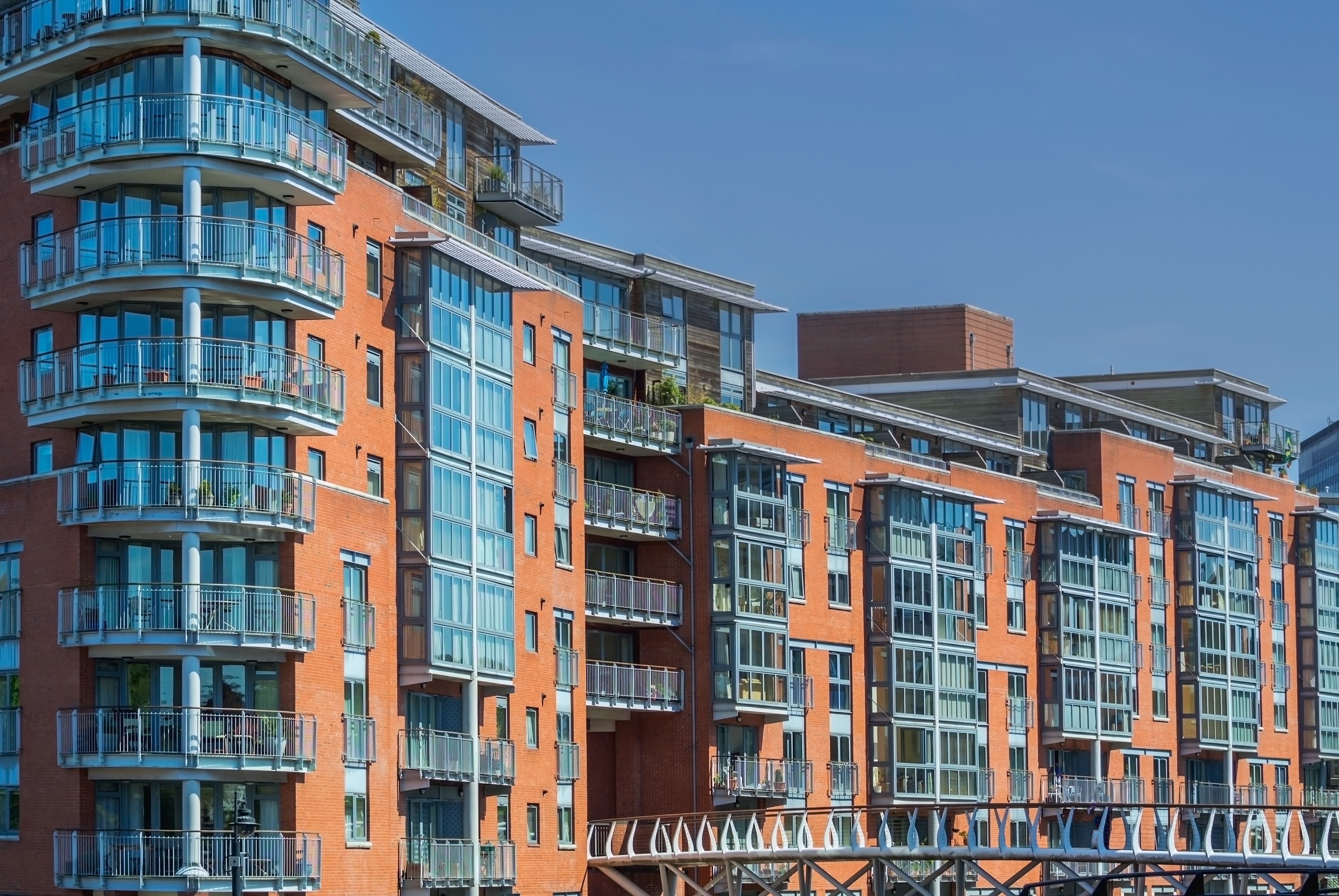
Over 300 Help to Buy homes and other equity loan properties are in buildings over 18m tall that have dangerous cladding, a freedom of information request has revealed.
There were 310 homes facing this risk at the end of June 2020, according to Homes England, the government agency which administers the programme.
Of these 310 homes, 276 are Help to Buy schemes, with the other 34 on other equity loans.
However, the agency does not hold data on how many staircasing requests, to pay off part of their loan, have been made by Help to Buy owners in these types of homes, “because there is no legal or business reason for Homes England to do so”.
Thousands of flat-owners face huge bills for improvements, three years after the Grenfell Tower disaster highlighted lapsed fire-safety standards across the country.
Housing secretary Robert Jenrick boosted the government’s pot of cash to remove unsafe cladding from high-rise buildings over 18 metres high in England to £5.1bn in February, which he says “are four times as likely to suffer a fire with fatalities or serious casualties” than smaller blocks.
However, the government adds in blocks under 18m leaseholders will pay up to £50 a month into a fund to help remove unsafe cladding.
But an April report by the Housing, Communities and Local Government Committee called on the minister to free all leaseholders of costs, and instead establish a comprehensive building safety fund to pay for work on all blocks with fire safety risks regardless of the building’s height, the tenure of residents or the nature of the defects.
The committee added, the fund should be financed by government and the building industry.
The House of Lords has several times votes for amendments to protect leaseholders from remediation costs, but this has been repeatedly blocked by MPs in the Commons.
Around 274,000 flats are estimated to have dangerous cladding, according to the Association of Residential Managing Agents.
The freedom of information request to Homes England revealed that of 276 high-rise Help to Buy homes with dangerous cladding, 157 of them were live loans, where customers are yet to repay their loans in full.
These homes are spread across 28 buildings.
The agency says that 119 homeowners redeemed their loans, and in 21 cases Homes England says “we received less than the amount lent”, adding up to a £395,000 total shortfall.
The agency confirmed, “we do not collect data on the number of ‘requests’ to staircase from Help to Buy leaseholders”.
But added: “Should an equity mortgage holder wish to staircase or redeem, a Royal Institution of Chartered Surveyors appointed independent valuer will provide a valuation for the property.
“If Homes England is satisfied that the valuation provided represents market value then the mortgagee will be able to staircase part of the loan should they wish.”
Earlier this month, seven lenders – Barclays, HSBC UK, Lloyds, Nationwide Building Society, NatWest, Santander and TSB – pledged to foot the bill for making existing EWS1 forms publicly available through the Fire Industry Association (FIA) Building Safety Information Portal.
EWS1 forms are used by mortgage lenders for valuation purposes to determine if a property needs remediation work to remove unsafe cladding.



